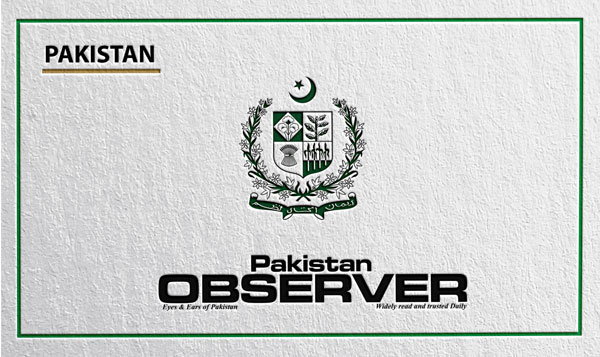Ayesha Sohail
India Middle East Economic Corridor (IMEC) was made public by the United States of America (US), Italy, Germany, France, the United Arab Emirates (UAE), India, and the Kingdom Saudi Arabia (KSA) to mark a noteworthy breakthrough in worldwide economic and political dynamics on September 10, 2023, in New Delhi.
IMEC, intended to be an economic corridor, would comprise two distinctive corridors – the northern corridor linking the Arabian Gulf to Europe and the eastern corridor connecting the Arabian Gulf with India. Along with its far-reaching geo-political implications, its primary goal is to reinforce the economic landscape by incorporating the continents of Europe, Asia and the Middle East. On 27th October 2023, the US president, Joe Biden, highlighted the commitment to building a corridor that would facilitate trade by reducing trade costs and encouraging investment opportunities among participating countries. He also emphasised that IMEC would improve transportation infrastructure, cross-border cooperation, energy supply, and logistic efficiency.
Washington is pushing for IMEC as a counterbalance to China’s Belt and Road Initiative (BRI), which is already a massive infrastructure corridor with considerable economic influence across Europe, Africa and Asia and has given China substantial control along the suggested route of IMEC. The Greek port of Piraeus is IMEC’s main entry point into Europe. Since 2016, Cosco, the Chinese shipping company, is major shareholder in the port. It is unclear whether the US and India have disregarded that Cosco has all the authority to control the port terminals, or they will try to buy stakes in Piraeus and shift the balance of power away from the Chinese company.
The significant financial links between China and the Arab Gulf limit IMEC’s potential to challenge China’s influence in this part of the world. Trade between Beijing and Riyadh was more than US$106 billion in 2022, nearly double the US-Saudi trade volume. China has also acquired 20 per cent of its stakes in the biggest port in KSA, the Red Sea Gateway Terminal.The IMEC appears to be an effort by the US-EU grouping to incentivise India by providing an alternate trade route. Moreover, IMEC claims to bring states in the Middle East together and make the region a hub of economic activity. However, it would be a big task since the states are generally in crisis or conflict with each other, especially Israel. The attacks of 7th October and the continuing Israeli aggression on Palestine pose the most recent challenge to the new project, and the participants failed to convene a mandatory meeting in due time. Hence, this war is the major roadblock to IMEC, as it is anticipated to result in substantial delays in the project.
One key challenge is harmonising taxation regulations and customs procedures to ensure all-in-one operations. Also, IMEC’s multifaceted nature, including land and sea sectors, creates logistic complexities. Additionally, the trade routes that are already established, such as the Suez Canal, will continue to compete with IMEC. Moreover, building a railway network through enormous deserts in the Middle East region in the UAE and KSA will considerably increase project costs. The governments participating in IMEC still need to work.
Developing a plan of action would include setting detailed timelines and objectives and creating principles related to financing and procedures since neither the US nor the European countries have come up with inclusive details regarding the initiative’s finances.
IMEC has limited direct impact on Pakistan, and it is essential to highlight that BRI and CPEC remain massive projects that further highlight Pakistan’s geopolitical importance. Pakistan’s strategic geographic location is vital to the regional dynamics of South Asia, the Middle East, and Central Asia. Its proximity to China, Iran, India, and Afghanistan makes it a crucial player in trade and connectivity. IMEC does not diminish Pakistan’s strategic position in the region.
Since Iran and Turkey have been left out of the IMEC, Pakistan should focus on the Regional Cooperation for Development (RCD) as a more viable land route and strengthen its ties with Iran and Turkey.While IMEC may offer economic benefits and enhanced connectivity, it is crucial to recognise that Pakistan’s involvement and collaboration are integral to the corridor’s success. Bypassing Pakistan, the corridor would involve extended and costlier routes, making it economically unviable. The multifaceted geopolitical realities in South Asia, including the India-Pakistan rivalry, further highlight Pakistan’s importance. For IMEC to succeed, regional stability and cooperation are preconditions, and it would not be possible without resolving longstanding conflicts and addressing security concerns.
Ayesha Sohail










